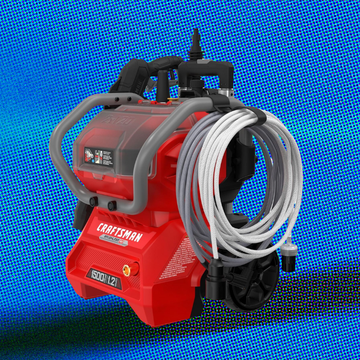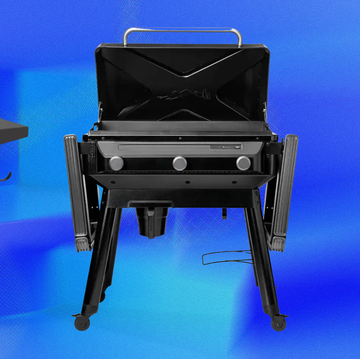The Best Compost Bins, According to Our Experts
These are the top compost bins and electric composters for the kitchens or outdoors

We've been independently researching and testing products for over 120 years. If you buy through our links, we may earn a commission. Learn more about our review process.
Composting is the managed decomposition of organic materials like food scraps, paper waste and yard trimmings — and it’s easier than you may think (read on for how to get started). After a little time has passed your compost will turn into a nutrient-rich fertilizer that you can use in your outdoor garden or for indoor houseplants. No garden or soil? No problem! Some farmers' markets and municipalities will accept your waste. Composting is a great habit because it helps reduce food waste and your carbon footprint, and produce less trash overall.
While you could simply dig a hole in your yard, we recommend using a compost bin, and there are many options to choose from — small bins with handles to new, high-tech options like countertop electric composters that do the majority of the work. Compost bins are relatively affordable, eco-friendly products that can control the temperature, moisture, oxygen and bacteria needed to produce compost (while keeping critters and odors at bay).
In the Good Housekeeping Institute Kitchen Appliances and Innovation Lab to evaluate our picks, our pros composted in their own kitchens to best reflect home use and put some models to the test in our Lab as well. We also relied on our knowledge of sustainability and product design, selecting bins for all lifestyles and composting needs.
Pros
Variety of colorways to choose from
Replaceable hemp filter
Cons
Needs to be emptied frequently
Dimensions: 8" x 6.25" x 9" | Capacity: 3.6 liters | Filter material: Hemp | Indoor or outdoor: Indoor
The Bamboozle countertop compost bin is a great choice for beginners, apartment dwellers and avid composters alike because of its stylish design and useful features. Testers liked the bamboo handle for carrying to a large compost pile or to empty into a municipal compost bin, and the rich colorways — shown here in Forest and it's available in 16 additional hues like Pomegranate.
Store scraps temporarily in this chic container that has both a secure, vented lid (allowing for airflow of scraps) and a replaceable hemp filter. According to the manufacturer, the filters are dishwasher safe, compostable and can be used for up to two months each.
Our experts found that this model was easy to clean after emptying and can even be thrown in the dishwasher. Though we like that this bin is compact, it does mean you'll need to empty it frequently if you have collected a lot of compostable waste.
Pros
Removable lid for easy emptying
Compact, countertop-friendly design
Cons
Lid can be loud when it drops closed
Dimensions: 6.6" x 6.4" x 7.5" | Capacity: 2.83 liters | Filter material: No filter | Indoor or outdoor: Indoor
The compact footprint of this affordable OXO compost bin makes it unobtrusive for under-sink storage, and the clean, simple design means it's also suited to countertop use. It works with compost bags, but our Lab pros like that the smooth interior and removable lid ensure that the bin is easy to clean when you don't use bags.
The handle makes it easy to carry to your yard or a drop-off center. The lid helps reduce odors in your kitchen and is removable for easy emptying, but we did note that it is not soft-close and can be a bit loud when it shuts.
Pros
Lofted design helps deter rodents
Dual-sided drum allows you to let one side decompose while you fill the other
Cons
Some reviewers comment that it's difficult to assemble
Dimensions: 30" x 28" x 36" | Capacity: 37 gallons | Filter material: No filter | Indoor or outdoor: Outdoor
This large outdoor bin has nearly 12,000 five-star ratings on Amazon. Our experts haven't tested it, but we like that it sits high off the ground, which helps with rodent control, and that you can spin it to help mix and aerate the contents to facilitate the composting process. According to the manufacturer, the UV-resistant black plastic construction includes recycled content and helps to attract and retain heat, which assists in the breakdown of biodegradable waste.
It holds 37 gallons of organic waste and is designed with two chambers, so you can let one side "cook" while you fill the other, which ensures a steady stream of usable compost. We did note that several reviewers commented that the assembly instructions are hard to follow.
RELATED: Sustainable Living Guide
Pros
Compact design works well for kitchen counters and for mounting on some Simplehuman trash cans
Large lid collar keeps bags from slipping and showing
Cons
Hanging option does not work for all trash cans
Dimensions: 9.6" x 5.7" x 8.5" | Capacity: 4 Liters | Filter material: No filter | Indoor or outdoor: Indoor
Simplehuman trash cans have earned praise from our Cleaning Lab experts, and now our kitchen pros recommend the brand's compost caddy. The unique feature here is that it comes with a magnetic mount that lets you attach the compact caddy to Simplehuman trash cans so that it's stored out of the way and accessible for quick use. Because it's attached to the trash can, our tester found it streamlined the step of tossing waste into the caddy.
Another thing our pros like about this pick is that the bin is very narrow, so you can detach it from its mount and use it on your kitchen counter when you're prepping food or cleaning up after a meal — it doesn't take up much space.
The brushed stainless steel finish is designed to resist fingerprints, and the large collar for the lid helps secure and conceal the bag for the removable inner bin. Note: Many compost bags will work, but for the best fit, the company recommends its custom-fit compost bags. One downside is that the mount is not universal and will not work for all trash cans.
RELATED: The Best Biodegradable Garbage Bags
Pros
Accepts bones, meat, dairy and eggs as well as standard compostable food waste
Quiet and odor-controlling in Lab tests
Cons
Pricey compared with others on our list
Dimensions: 26.8" x 16.1" x 14.6" | Capacity: 6.5 liters | Filter material: Activated charcoal | Indoor or outdoor: Indoor
The sleek Mill Food Recycler performed well in our Lab tests and won a recent Kitchen Gear Award. It's very similar in size and shape to a kitchen trash can and features a lid that opens with the press of the foot pedal. It accepts the usual compostable waste — fruit, vegetables and coffee grounds — as well as bones, meat, dairy and eggs thanks to its powerful dry-and-grind system.
We've been testing the Mill in our Lab for over a year now and have found that its filters work well as we haven't detected any odors. We love that you can schedule the Mill's grind run time and track your input via the handy Mill app. And while we usually schedule the grind function to run overnight in our Lab; when we have operated it during working hours we were surprised by how quiet it was.
Mill estimates that you'll need to empty the bin about once a month, but we've found that this varies depending on how often you use it. The grounds can go into municipal bins or your own yard or houseplants, but Mill offers a unique option as well: It's what the brand calls the "chicken feed pathway." For an additional fee, you can choose Mill Pickups, where Mill sends you prepaid boxes and labels so you can mail your grounds to a program that converts them to chicken feed. While we know the Mill can be a pricey investment, you can rent the Mill for $35 per month if you want to try it before you buy it.
Pros
Affordable and adjustable
Perforated design allows airflow
Cons
Open pile is exposed to pests; not suitable for kitchen waste
Dimensions: 36.5" x 5" x 5" | Capacity: 216 Gallons | Filter material: No | Indoor or outdoor: Outdoor
Got a large pile of compost to contend with? You may want to consider this customizable plastic bin for outdoor composting. It's a good choice for gardeners and those handling yard maintenance. The BPA-free polyethylene material comes in a roll that you can adjust to create the bin size you need — up to 246 gallons, according to the manufacturer. It includes “keys” that lock the plastic into shape and allow you to open the bin when you’re ready to use your compost.
While we have not tested this bin, we like that users can quickly create a cylinder or set up a square bin by affixing the sides to garden stakes. The material is perforated for ventilation, and it's designed to be easy to fill and stir. The bin will be open to rodents and pests, so it’s best to stick to yard scraps only.
Pros
Deep clean function
App to monitor your filter and track your impact
Cons
Wide dimensions for a countertop appliance
Dimensions: 16" x 13" x 12" | Capacity: 3 Liters | Filter material: Activated charcoal | Indoor or outdoor: Indoor
Composting outdoors can be done in the winter, but it requires more effort to ensure the pile remains warm and of course you have to spend additional time outside tending to it. Our solution? The Lomi Bloom Food Waste Recycler, which is a countertop electric option that lets you compost year-round from the comfort of your home. It also works well for those who live in apartments, thanks to its sleek, decor-friendly design and three colorways to choose from.
This compost bin stirs the contents of the inner bucket, and uses both drying heat and microbial tablets to break down the waste. It includes enough microbial tablets — as well as activated charcoal for the top and bottom built-in filters — for around three months; you'll then have to purchase replacement tablets and charcoal.
While we haven't tested this exact model, we did test the since discontinued Lomi 1. We found that the previous model had a quiet run time and that its filter controlled odors well. The dried and cooled compost it produced was easy to dispose of as well. Two new features of this upgraded model are a deep clean function, so you don't need to clean the composter manually and the Lomi app which helps you track your impact, earn rewards and monitor your filter. Keep in mind that while this appliance is designed for your countertop, it does take up quite a bit of space.
Pros
Large capacity indoor model
Bokashi compost starter controls odor and breaks down food scraps
Cons
You have to drain "compost tea" frequently
Dimensions: 12" x 12" x 16" | Capacity: 5 gallons | Filter material: No filter | Indoor or outdoor: Indoor
The bokashi method is a type of composting where you cut up your food scraps, add them to your compost bin, layer over a compost starter and then close your bin and repeat regularly. The bokashi compost starter helps control odors and break down your food waste by way of fermentation. There is a tap attached to the bin because you do need to pour off the liquid (or "compost tea") that builds up every so often. And once your scraps are fully fermented you can create a nutrient-rich soil for your garden.
This Bokashi Indoor Composter Starter Kit from SCD Probiotics is an easy way to start using the bokashi method at home — it also has almost 1,000 five-star reviews on Amazon. It's a nonelectric method that you can utilize indoors, so it's great when it's very cold outside or if you don't have space outdoors for a large compost pile. Amazon reviewers also love how large the capacity is and that there's no smell at all, without any filter.
How we chose the best compost bins

For all models, we assessed material, size, ease of use and type of seal and filter, when applicable. We also considered whether the bins were designed to control odor and resist pests. In the cases in which we have not yet tested the pick, we favored products from brands we trust or products that are well reviewed by users.
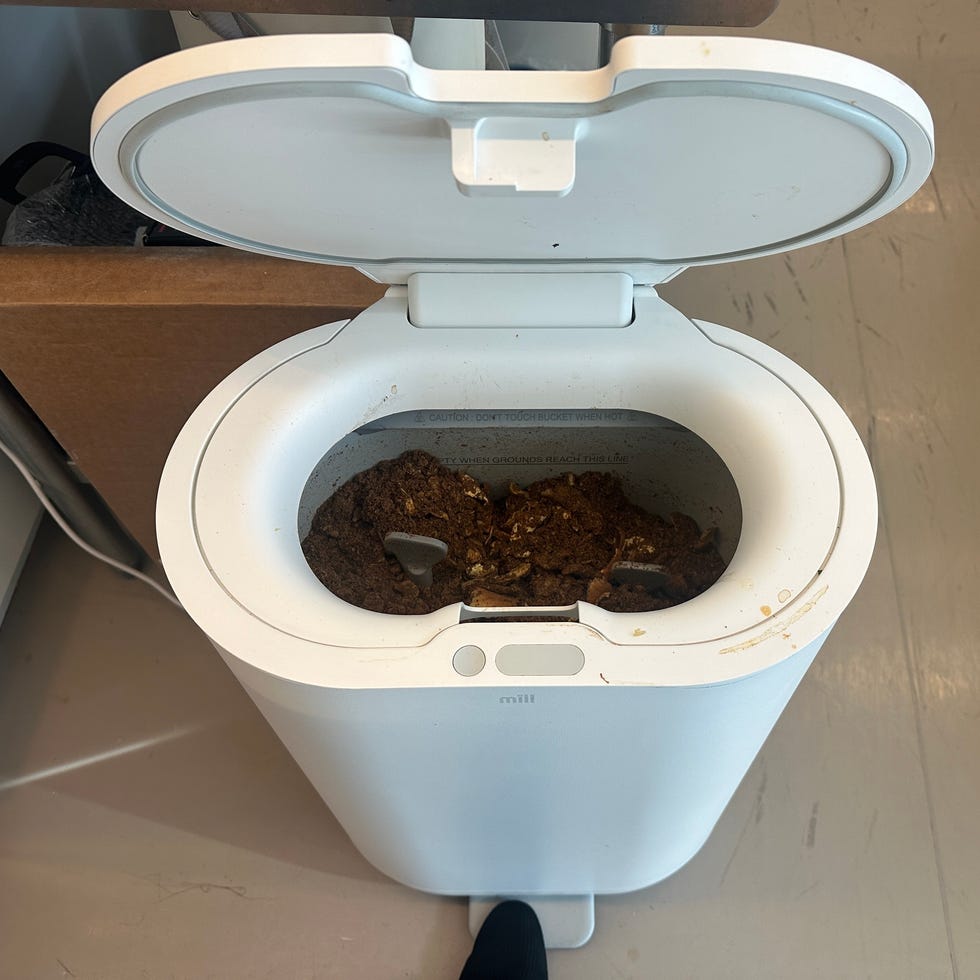
For those that have been tested, our pros used the models at home to best approximate the frequency and variety of home use. We tested models (like the Mill, shown here) in our Lab as well as we have a lot of food scraps after a day of testing. We focused on food scraps and household waste, rather than yard trimmings.
What to look for when shopping for a compost bin

Compost bins are varied. They can live inside or outside; they can be big or small. They can look like a trash can or like something you’d pull Bingo numbers from. They can make use of probiotic additives or be enhanced by worms. Here's what to consider when shopping, depending on your needs:
✔️ Indoor vs. outdoor: Think about what you’ll be composting most — and where you want to keep the bin. If you’ll be focusing on garden and yard waste, you’ll want to keep your bin outside. But if you’ll be composting mostly food scraps, you can keep a small bin in the kitchen. A smaller bin can help to prevent odors since it will require regular emptying. An indoor countertop or under-sink model is likely best for those who want to store food waste prior to taking it to a compost drop-off. But if you want to empty less frequently — or to mix yard and food waste — consider an outdoor bin.
✔️ Material: Compost bins are generally made of plastic, metal or wood. If you’re going to keep your bin outside, it needs to be weather-resistant. Metal is a good choice, as it will withstand the seasons and combat pests, but it can be heavy. Plastic will be lighter and works both indoors and outdoors, but extreme weather could cause it to crack or warp over time. Wood can blend into outdoor spaces nicely, but it can house pests and rot if not properly cared for.
✔️ Seal: Compost bins with tight-fitting lids will help contain odors, which is essential for indoor bins but is also beneficial with outdoor bins, as it makes it less likely that it will attract animals. A tight seal will also deter any rodents or pests that are curious about the bin even when scent is minimized. But you do want a bin that opens with ease. Tumbling bins in particular need smoothly opening lids so that you don't merely rotate the bin when you try to lift or slide the lid.
✔️ Filters: Some indoor models rely solely on a sealed lid to prevent odors, but many include a filter. Look for removable filters that can either be washed or replaced. It's a bonus if your version includes replacement filters with the purchase of the bin.
✔️ Electric: Electric models are the newest kid on the block. They use heat (and possibly the addition of an enzyme tablet) to break down food waste quickly. They also have a mechanism for stirring or grinding the heated waste, which reduces the volume considerably, so you won't have to empty it as often. You'll want to consider the footprint of the unit when shopping, as the current models are generally larger than non-electric compost bins. However, they are likely to have a removable inner basket that you can store on the countertop or under your sink while the electric unit lives elsewhere — but you'll want to make sure the basket has a lid (for example, the Lomi does not, so it's best stored in the main unit).
✔️ Bags: Many bins are designed to keep compost bags in place, but it's worth noting that some compostable bags will not break down in a home-composting environment. They require the higher temperatures reached more commonly in large-scale environments or municipal facilities. If you're composting at home, it's a good idea to avoid bags. If you want or need to use them, do some research to make sure yours will break down under home-composting conditions.
✔️ Tumbling vs. stationary: Compost bins come in two general styles: tumbling and stationary. Turning and stirring your waste helps it break down more quickly, and tumbling bins make this task a cinch: They feature a side crank or the ability to spin a drum to help you mix your waste. All tumblers are elevated enough to spin, but many are high enough to provide the bonus benefit of being harder for animals to invade. Stationary bins are stand-alone canisters that require mixing by hand. That said, if you are taking your scraps to a drop-off point or a city collection, you won’t need to do as much compost maintenance, making stationary models a good choice.
✔️ Worms: Worm composting, or vermicomposting, is extremely efficient. Worms break down organic material while living in the wild: You’re just bringing the natural instincts of worms into a controlled environment. Worm composting is a great choice for those doing indoor composting because it controls odor well. (It can also be done outdoors if the climate is worm-friendly — about 55˚F to 77˚F for the common red wiggler worm.) One difference between traditional and vermicomposting is that worm composting does not require turning, so it's a fairly hands-off way to compost. Worms love food scrap, so it's a good solution for those looking to reduce their kitchen waste. But be sure to look for a worm-specific design (none of those on our list are suitable): You'll need the right ventilation and room for the worms to migrate within the bin to the food.
What are compost bins made out of?

By and large, compost bins are made of metal or plastic. Both materials are easy to clean and can resist odors and deter pests. In addition, they're both weather-resistant, which is helpful if you want to store the bin outdoors.
Some bins are made of wood or bamboo. These can be a nice natural option if the material is sealed, but they can rot or enable pests if not properly cared for.
How do you use a compost bin?

✔️ Gather household waste like eggshells, fruit and veggie waste and garden clippings (Scroll down for our complete list of compostable items).
✔️ Store waste temporarily in the freezer or in a small compost bin. You can also add scraps immediately to your countertop electric composter if you have one.
✔️ Compost at home by digging a hole in your yard or using an outdoor compost bin, combining your food waste with leaves and grass clippings. Take note: Some towns and cities offer pick-up, drop-off or subscription services as well if you don't want to compost at home.
✔️ Maintain your compost pile by making sure that it gets enough moisture and oxygen so it can decompose properly; this might mean watering your pile during dry weeks and turning your compost regularly. However, if you have an electric option, it will quickly break down your scraps by itself.
✔️ Use your nutrient-rich soil to feed your garden beds or indoor houseplants.
What can you put in your compost bin?

Not all food scraps, paper waste and yard trimmings can be composted, some may attract pests, create unpleasant odors or disrupt or contaminate your composting pile. Because of this, we created a handy list of items you can and cannot compost. Depending on your method of compost, these lists can vary slightly.
What can you compost:
✔️ Food: Fruit and vegetable peels and scrap, mushroom scraps, eggshells, bread, grains, pasta, coffee grounds and some coffee filters, loose teas and tea bags without staples
✔️ Yard: Grass, leaves, wood ash, sawdust, cut flowers
✔️ Other: Newspaper, cardboard, dryer lint, hair, nail clippings, brown paper bags
What should you NOT compost:
Take note: some of the items below like meat and bones can be composted with electric composters like the Mill.
🛑 Food: Meat, fish and bones, cheese and dairy products, egg whites or yolks, cooked foods
🛑 Yard: Diseased flowers, leaves or plants, coal ash
🛑 Other: Fats, oils and grease, chemicals, animal waste and litter, produce stickers, plastic, glossy paper
What are the benefits of making your own compost?

- Reduces waste: Composting decreases the amount of garbage you produce, reducing the frequency of trash bag replacement due to fewer odorous food wastes. It also alleviates landfill burdens and minimizes the costs and emissions involved in trash transport and processing.
- Cares for our environment: Reduced landfill waste results in lower methane emissions in our environment. Composting also captures carbon in the soil, enhancing resilience against climate change.
- Promotes better soil and plant health: Compost enriches soil, improving its structure and water retention. This nutrient-rich soil promotes plant growth and yields without the need for fertilizers and pesticides.
Why trust Good Housekeeping?

Sarah Wharton is a deputy editor in the Good Housekeeping Institute. She is a graduate of the International Culinary Center and has been cooking professionally and testing kitchen gear since 2016. She composts at home and has tried a few bins to find the right one.
Eva Bleyer has tested all kinds of kitchen gear for GH, including gas ranges, microwaves, kitchen scales and blenders. She holds a B.S. in Food Studies, Nutrition and Public Health from New York University, where she studied sustainability practices. Eva has tested a few different electric and non-electric compost bins in her home and in the Lab and grew up in a household that composted regularly.
Sarah (she/her) is a deputy editor in the Good Housekeeping Institute, where she tests products and covers the best picks across kitchen, tech, health and food. She has been cooking professionally since 2017 and has tested kitchen appliances and gear for Family Circle as well as developed recipes and food content for Simply Recipes, Martha Stewart Omnimedia, Oxo and Food52. She holds a certificate in professional culinary arts from the International Culinary Center (now the Institute of Culinary Education).
Eva (she/her) is a reviews analyst in the Kitchen Appliances and Innovation Lab, where she tests kitchen gear, home appliances and culinary innovations. She graduated from NYU with a bachelor of science in food studies, nutrition and public health and is a trained chef through the Natural Gourmet Institute. Eva has more than 10 years of experience in the food industry, working as a food stylist, personal chef and marketing manager.

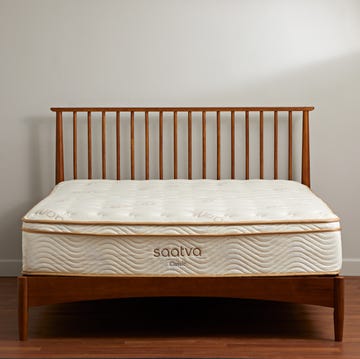
The Best King Size Mattresses
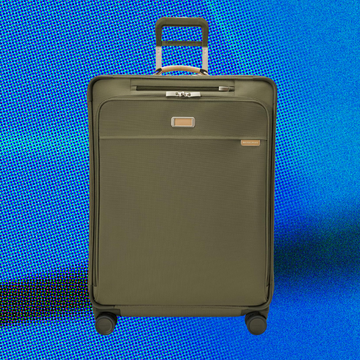
The Best Luggage for International Travel
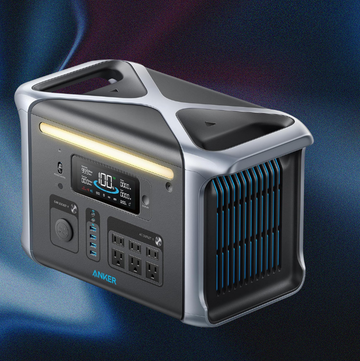
The Best Solar-Powered Generators

The 15 Best Natural and Organic Sunscreens

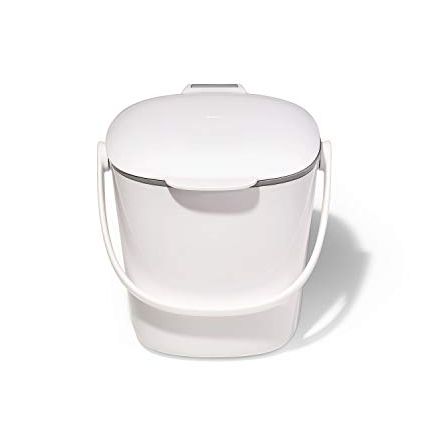
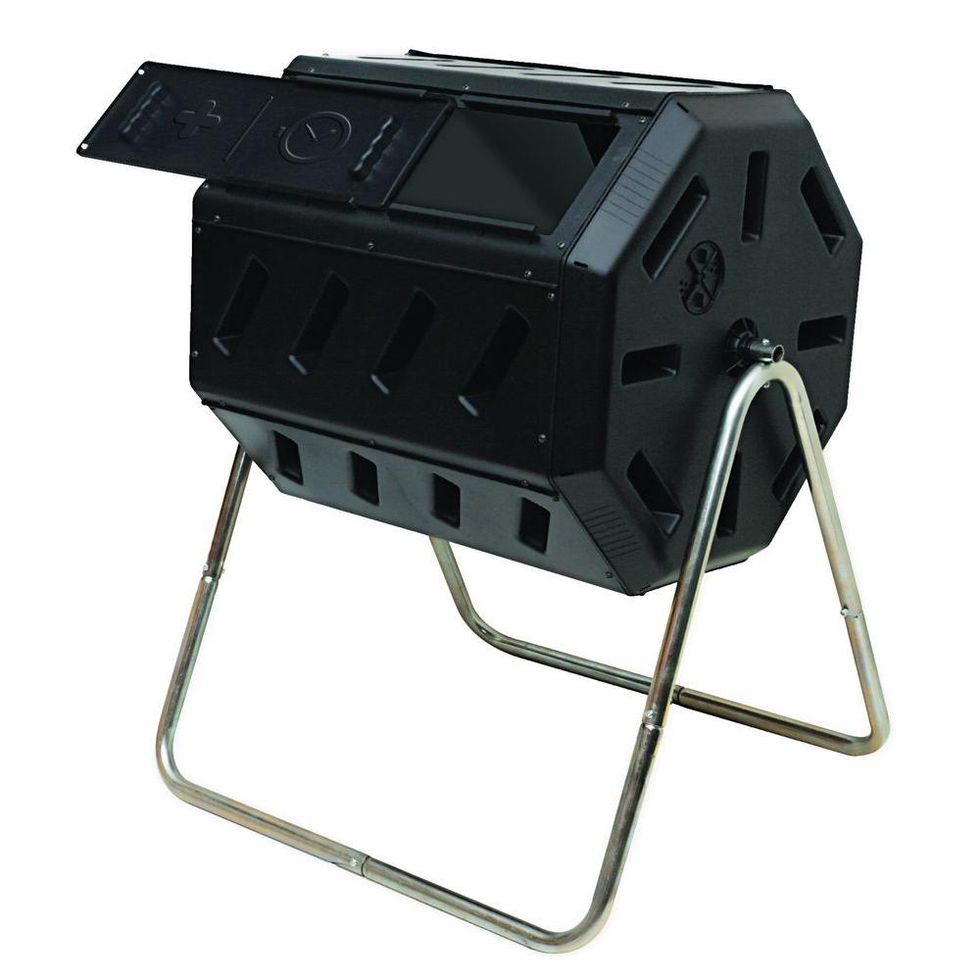

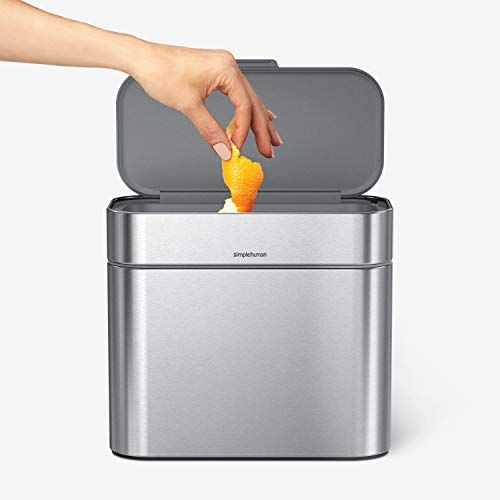
.png?crop=1.00xw:1.00xh;0,0&resize=980:*)





